In the early morning hours of June 28, 1969, one of the police raids began at the Stonewall Inn, a Mafia-owned gay bar in the Greenwich Village neighborhood of Lower Manhattan, New York City. Although these were routine, this particular raid was a violent one, pushing he local community to fight back. What is now known as the Stonewall Riots, or Stonewall Uprising, became a tipping point for the Gay Liberation Movement, in their fight for LGBT rights in the United States.
More than half a century later, the whole month of June is celebrated as Pride Month every year, in honor of the Stonewall Riots, attracting millions of participants around the world. Through parades, picnics, parties, workshops, symposia and concerts, the LGBTQ community continues to honor the achievements of its pioneers, while at the same time drawing attention to the still very current issue its members are facing every day. Pride Month also celebrates those lost to hate crime and the HIV/AIDS pandemic.
In visual art, many individuals and groups contributed to the LGBTQ activism, be it through direct action or by creating priceless archives, documentations, or portrayals. With the Stonewall Riots, queer art gained in power and rage, fueled even further by the AIDS epidemic of the 1980s through posters, signs, and placards – notably the Silence=Death Project, for instance. The unforgettable, poignant art made by Keith Haring, Isaac Julien, Catherine Opie, David Wojnarowicz, Glenn Ligon, Robert Mapplethorpe, or Félix González-Torres, does not cease to inspire newer generations of queer artists – young people who are successfully building upon their legacy by documenting the ever-expanding identity politics.
For Pride Month 2021, we have picked out 6 art exhibitions to see, online and offline, throughout June and beyond.
Tom of Finland at Fotografiska New York
The raw, explicit images by Tom of Finland are the epitome of gay liberation, in the sense that they show the unapologetic, tongue-in-cheek male-on-male desire. Extremely lean bodies, nude or in leather/uniform, with emphasized genitalia and lustful looks make up some of the most memorable imagery of the 20th century. The iconic Finnish artist, born Touko Valio Laaksonen, challenged the notions of homosexuality in a conservative society by offering provoking, yet positive portrayals of individuals who existed, and had every right to, within it.
The Fotografiska museum in New York is celebrating the 100th anniversary of Tom of Finland’s birth, with an extraordinary exhibition. “The Darkroom” is an exciting study of the artist’s life and work process, consisting of photographic portraits he used as reference images for his famous homoerotic drawings. Tom of Finland created most of these works in secret, as homosexuality was punishable by law until 1971 and was classified as a mental disorder until 1981 in his home country of Finland – giving these works an additional value.
“Tom of Finland, The Darkroom” is on view at Fotografiska New York until August 20, 2021.
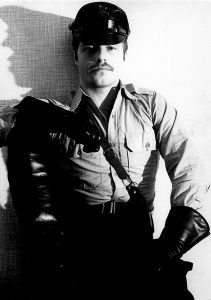
and I will wear you in my heart of heart at the FLAG Art Foundation
At The FLAG Art Foundation in New York, there is a splendid group exhibition, featuring the works of 35 contemporary artists. “and I will wear you in my heart of heart” centers around the gesture of care and nods to a line from Shakespeare’s “Hamlet.” It features paintings and textiles that portray tenderness between lovers, friends, family, but also moments of solitude, at the same time exploring identity, cultural histories, and personal experiences.
The exhibition also appears to be an homage to a very hot trend within the visual art world at the moment: figurative paintings. Alongside the veterans of the genre, such as Peter Doig, John Currin, Derrick Adams, Joan Semmel, or Lisa Yuskavage, there is Salman Toor, whose successful exhibition at The Whitney Museum closed in April, or Louis Fratino, a rising star on the international scene, as well as the new icons of Black portraiture, like Njideka Akunyili Crosby and Jordan Casteel.
“and I will wear you in my heart of heart” is on view at the FLAG Art Foundation in New York until August 13, 2021.
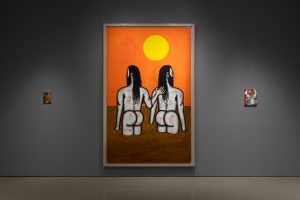
Art After Stonewall, 1969-1989 at the Columbus Museum of Art
The year 2019 marked the 50th anniversary of the Stonewall Riots with a series of exhibitions taking place worldwide. One of them was “Art After Stonewall, 1969-1989”, a show which traveled to Grey Art Gallery and Leslie-Lohman Museum of Art, New York (2019), the Patricia & Phillip Frost Art Museum, Miami, Florida (2019–20), and the Columbus Museum of Art, Ohio (2020). This last venue is now offering a virtual display of the show, for those who missed it.
The exhibition represents an excellent overview of queer art made in the first two decades after Stonewall, through more than 200 works of art. Pieces of conceptual, performance, and video art demonstrate the immense impact that the Lesbian, Gay, Bisexual, and Transgender (LGBTQ) movement had on the society. From images of sexual liberation, expressed in the artworks of Robert Mapplethorpe or Tee A. Corinne, and the gender plays as seen in Vito Acconci’s “Conversions” or Adrian Piper’s “Mythic Being,” to the heart-wrenching imagery showing the devastating realities of AIDS and HIV, as seen in David Wojnarowicz’s “Untitled (One Day, This Kid…),” “Art After Stonewall, 1969-1989” is both a tribute and a reminder – that many of the issues the queer community struggled 30 years ago still persist today.
“Art After Stonewall, 1969-1989” is on view online at the Columbus Museum of Art website.
Sunil Gupta at The Photographers’ Gallery
In Sunil Gupta’s first major retrospective, The Photographers’ Gallery is showing five decades of pioneering photographic work. All the key series shown together for the first time, alongside some never-before-seen works, focusing on the themes of identity, family, race, migration, and the complexities and taboos of sexuality. The exhibition spans from the 1976 “Christopher Street” series, in which Gupta documented the burgeoning gay scene in Greenwich Village, to large-scale narrative portraits such as “From Here to Eternity” (1999), produced following the artist’s diagnosis as HIV positive in 1995, to “Reflections of the Black Experience” (1986), which illustrates aspects of Black people’s experience in London, to name a few.
An Indian-born Canadian photographer based in the UK, Sunil Gupta is also a committed activist, who used the camera as a tool for raising awareness and fighting for gay rights on an International scale. His artwork is an impressive portrayal of body politics, identity search and experience, and the ongoing issues within contemporary societies.
“From Here to Eternity: Sunil Gupta. A Retrospective” is available as a virtual exhibition at The Photographers’ Gallery website.

Laura Aguilar at The Leslie-Lohman Museum of Art
There are so many aspects to the touching photographic work of Laura Aguilar, perhaps best expressed in her seminal triptych “Three Eagles Flying” from 1990. The artist is standing naked, tied up with a rope and wrapped up in the American and Mexican flags while two more examples of these hang proud on her each side. Aguilar’s multilayered work imminently shows her struggles with her ethnicity, sexuality, and acceptance of own body, expressed through images rather than words due to her innate auditory dyslexia.
At The Leslie-Lohman Museum of Art, “Laura Aguilar: Show and Tell” puts together more than 70 works produced by Aguilar over three decades. Both personal and political, the artworks on view tackle feminism and queerness, at the same time offering candid portraits of the artist herself, her friends, and members of her Latinx community. From early photographs conveying political activism, to the nude self-portraits Aguilar continued to make until her death in 2018, the show in New York celebrates this important artist in a unique, unmissable way.
“Laura Aguilar: Show and Tell” is on view at The Leslie-Lohman Museum of Art in New York until June 26, 2021.

Leonard Fink at Google Arts & Culture
When we talk about the most seminal figures of queer art, and those who contributed to the visual archives of the gay liberation movement, intentionally or not, we can’t not talk about the legendary photographer Leonard Fink. An amateur artist with a camera, he documented his own LGBT life and culture in New York City, from 1967 until his death in 1992 – so much so that he was proclaimed “the unofficial Mayor of Christopher Street.”
While not much is known about him, his images speak volumes on the culture of the West Village’s gay bars and piers, or the Pride Marches atmosphere, which he photographed every year from 1970.
Fink’s work is held in the archive of the Lesbian, Gay, Bisexual & Transgender Community Center in New York City, parts of which are now available in an online exhibition at Google Arts & Culture. The artist took thousands of photographs, depicting gay life after the Stonewall riots, and the cruising that regularly occurred on the piers 40 to 52 on West Street (in which he often participated himself), for instance.
Fink never intended for his photographs to be seen by the public, which we can sense in the intimate, almost diary-like one of his images. After his death, the LGBT Community Center National History Archive received over 5,000 prints and over 25,000 35mm negatives, that are now of incredible historical importance.
See the works of Leonard Fink online, on Google Arts & Culture.
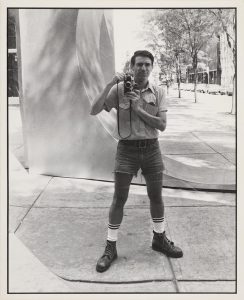


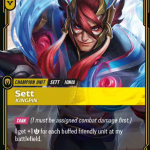

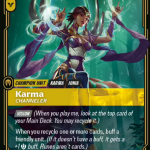

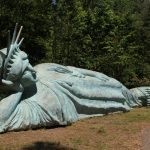





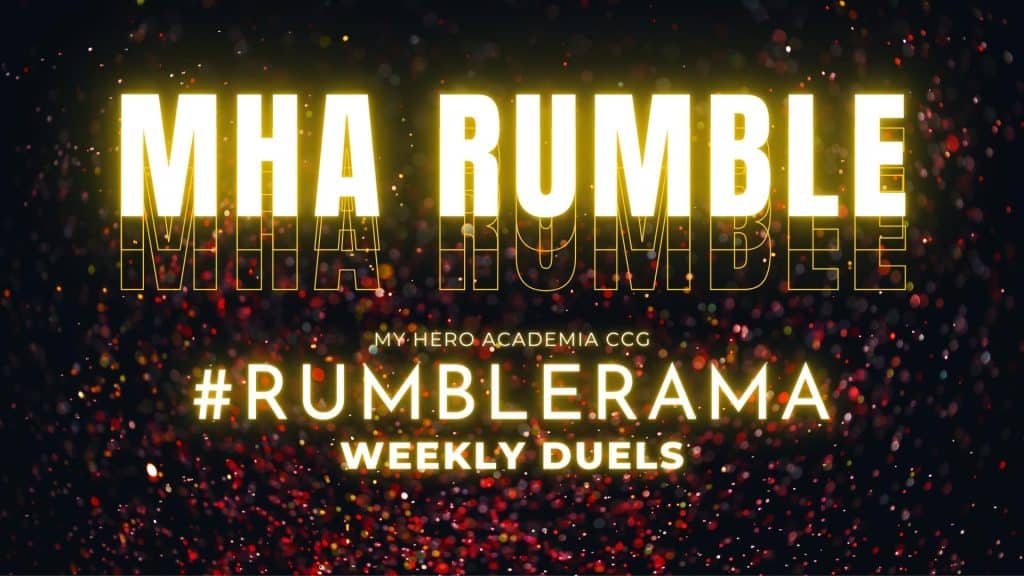
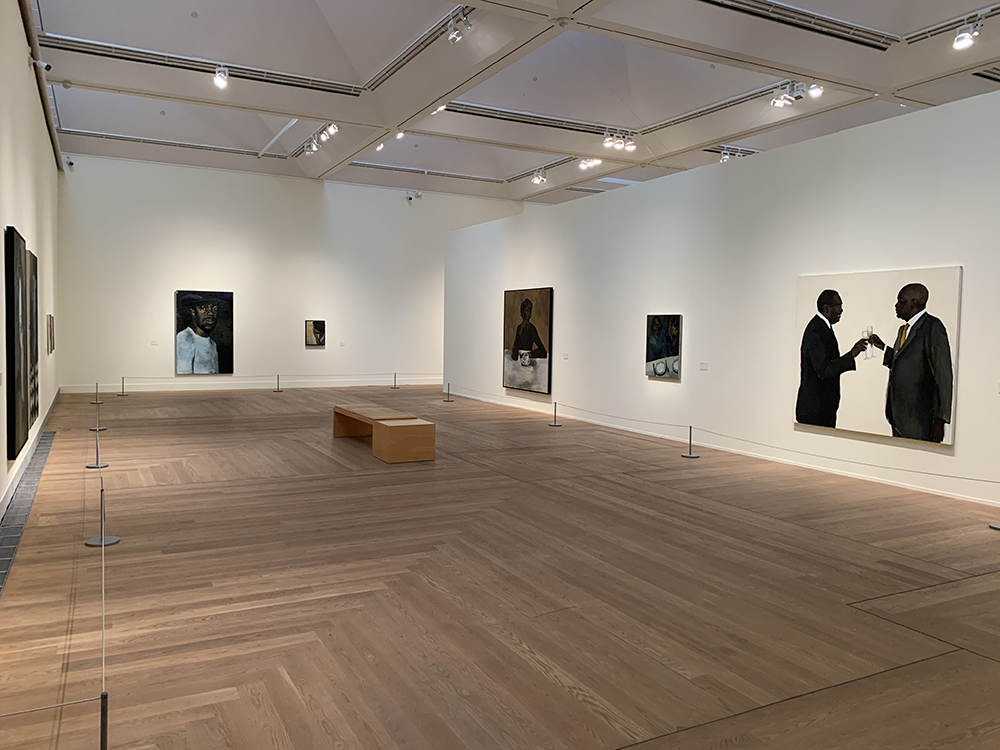
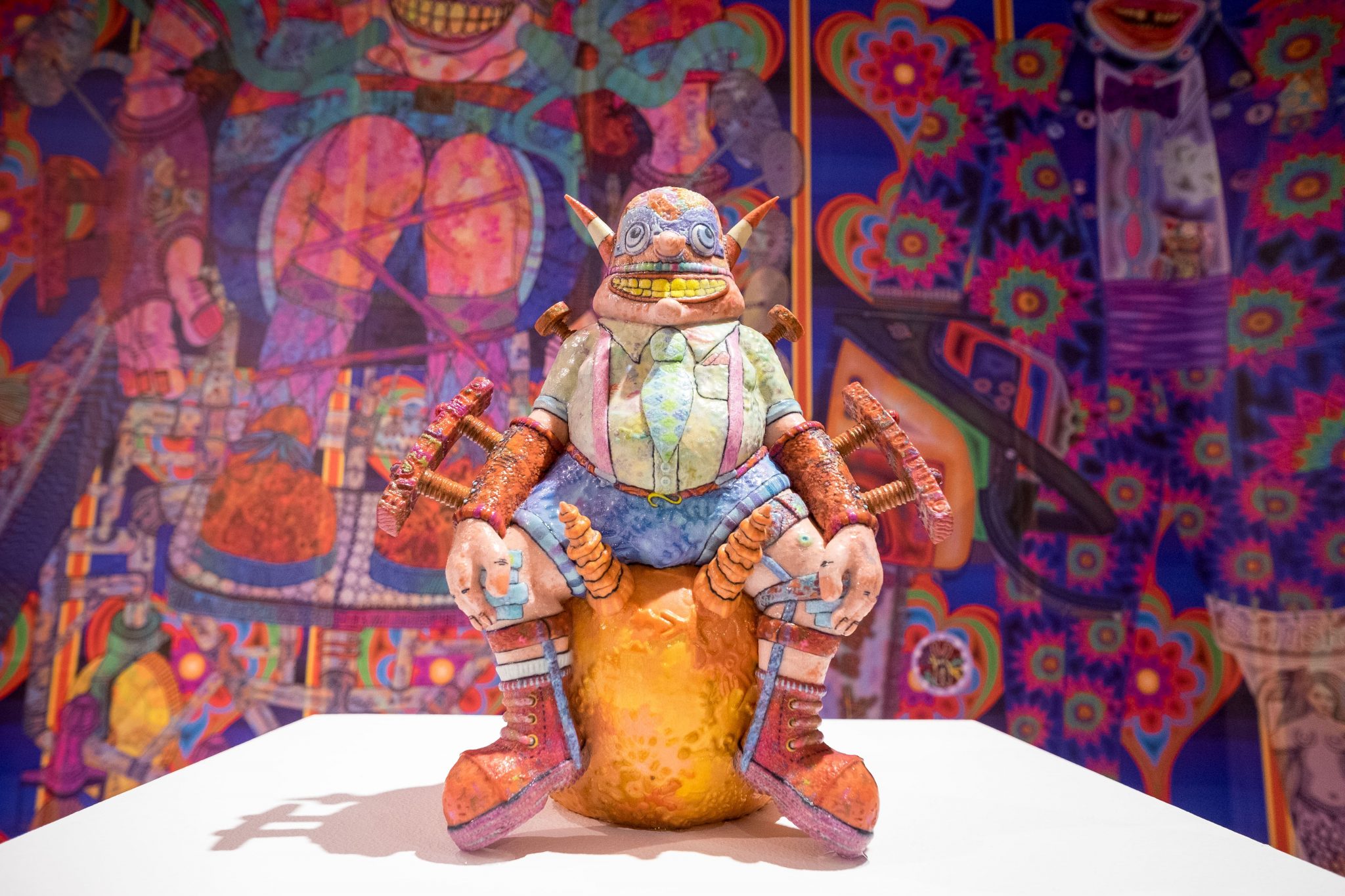
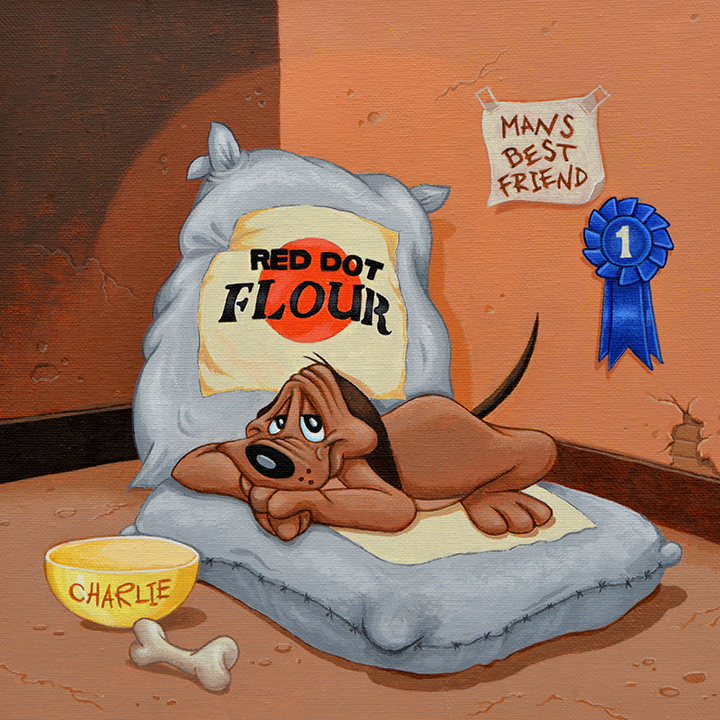
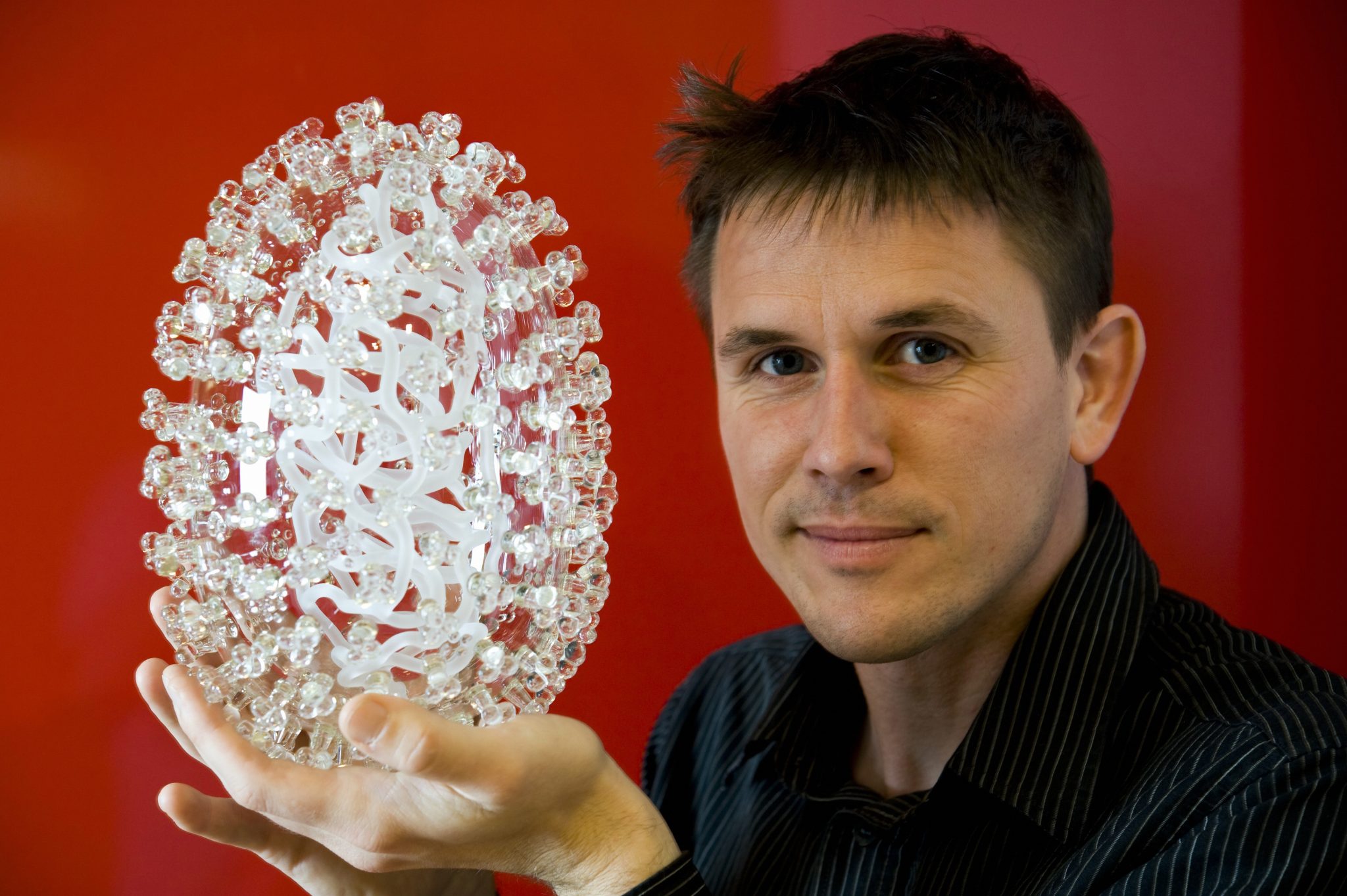
Leave a comment